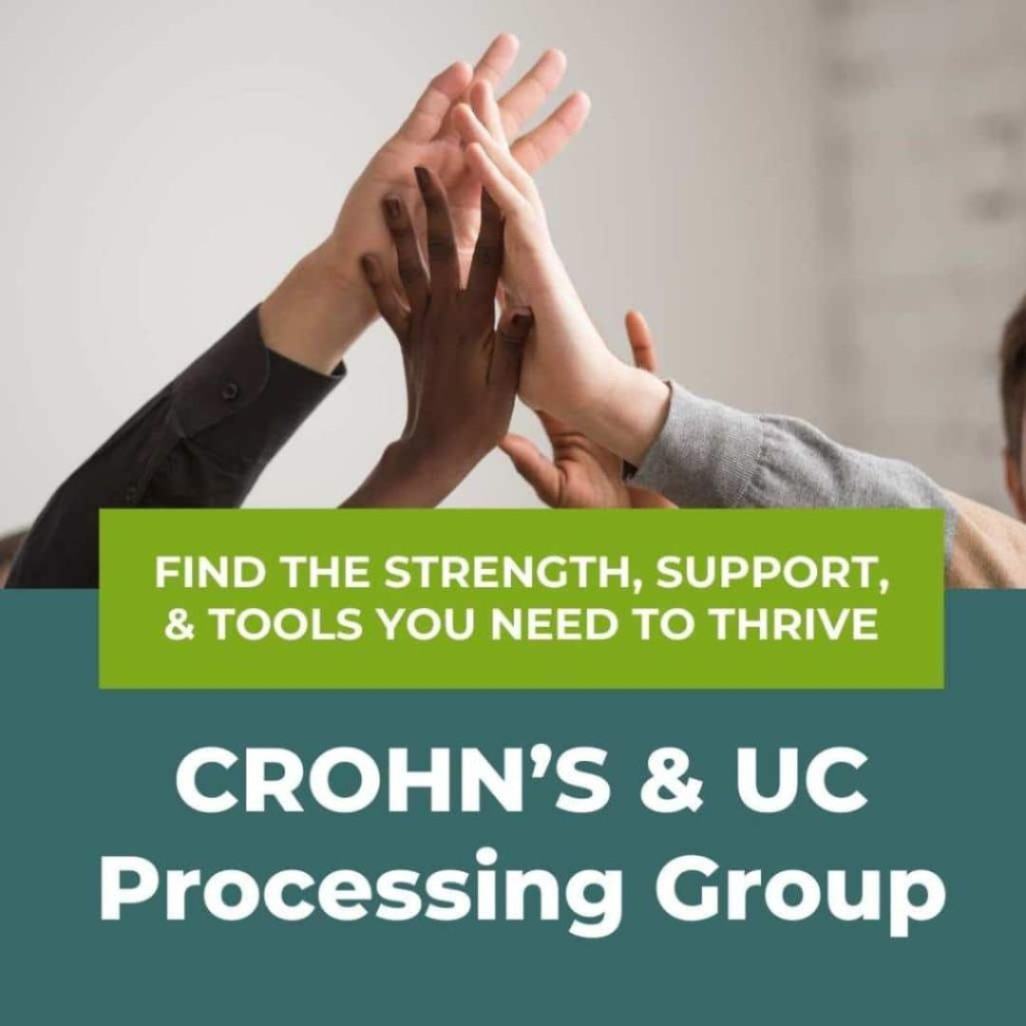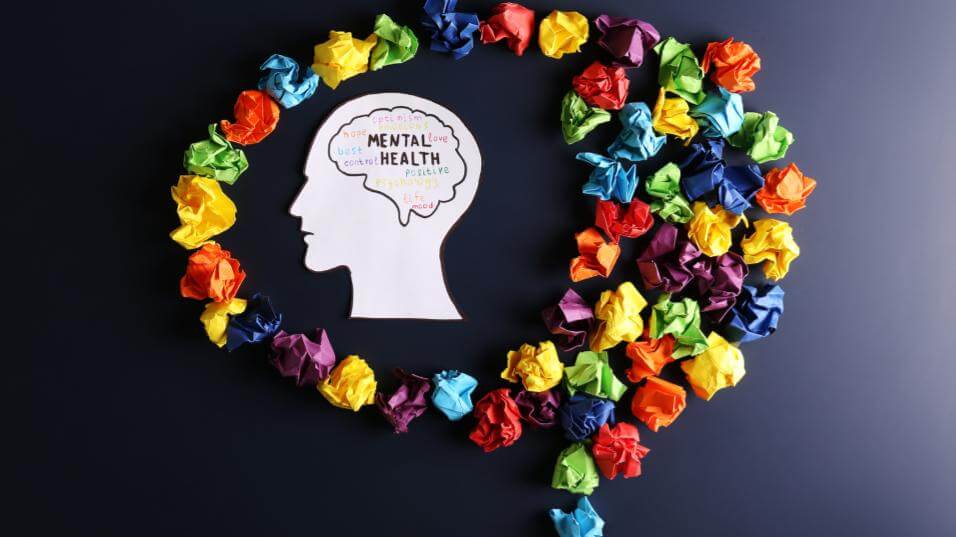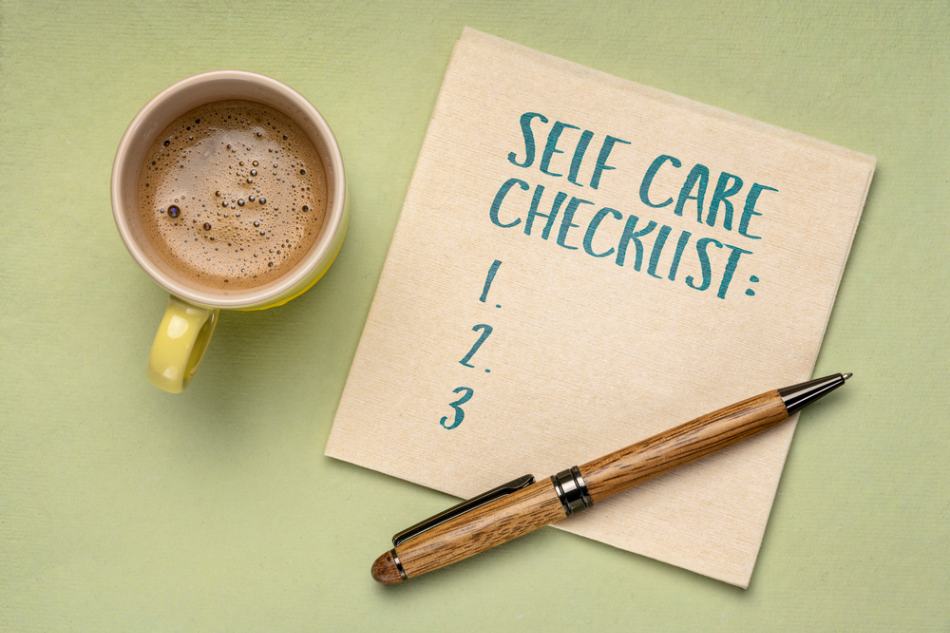January 22, 2024
Technology and Mental Health: Why Is It Important To Disconnect?
Written by Guest Author
Posted in Emotional & Mental Health, Self Help / Personal Development and with tags: mental health, mental health challenges, self improvement

In our hyper-connected era, each day adds to a surplus of approx 2.5 quintillion bytes of digitally-induced stress, offering little room for mental tranquility. This blog post will unmask an antidote to this perpetual hammering on your inner peace – a ‘tech detox’.
We will examine the promising world of disconnecting to reconnect, where curating a balanced digital diet doesn’t mean shunning technology altogether but taming it to serve your mental well-being.
Understanding the Impact of Technology on Mental Health
We thrive in an era where technology enriches our lives and accelerates workflow. Two screens or more are no longer an outlier; they’re the norm. Yet, an unintended consequence emerges from this dalliance with digital tools. There’s a downside. The tech we so direly depend on to bolster our productivity is the same tech that exhausts and overwhelms us.
An incessant barrage of emails, messages, and notifications can erode mental peace, creating uninterrupted distractions. That’s not all. Our professional lives seem shackled to technology, so much so that the lines between work and life blur. The outcome? Increased stress and potential burnout.
Ultimately, the more connected we become in the digital sense, the less connected we are in the human sense. Navigating this paradox is now the new challenge.
The Science Behind Technology and Mental Health
Very often, we consider factors such as genetics, lifestyle, or a traumatic event to be the cause of mental health issues. Little do we realize the screens we interact with five or more hours a day can also trigger these concerns.
Neuroscientific research suggests excessive screen time can alter the brain structure, impacting cognitive and emotional functions. The high levels of dopamine released while scrolling through social media feeds or playing an online game can create a dependency similar to substance abuse.
Then there’s the phenomenon of technoference. It refers to the interruption caused by technology in our daily lives, straining relationships and causing feelings of neglect, depression, or anxiety.
That’s the crux of the technology paradox – while technology provides resources to improve mental health, it can equally contribute to its decline. It’s about finding balance in the digital age when you are caught between technology’s tools and tyrant roles. It is not an easy task, but a vital one in this era of digital dominance.
The Mental Health Benefits of Unplugging
Technology overload can often result in increased stress levels. Unplugging provides a respite, leading to a natural reduction in stress. A technology detox can decrease anxious feelings, paving the way for relaxation. One will notice this change within a few days of unplugging.
Moreover, it allows one to break free from the constant pressure to stay connected and up-to-date with every piece of information or update. It provides an opportunity for calm and mindfulness.
Personal Experiences with Technology Detox
Many professionals have personally highlighted the benefits of a digital detox. They have shared how their dependency on devices decreased considerably. Additionally, their ability to concentrate improved, and they became more productive.
One professional recounted having more time for deep work without digital distractions. Harnessing their focus on one task instead of juggling various tasks brought more quality to their work.
Building a Healthier Relationship with Technology
Unplugging from technology for a while allows one to reevaluate one’s relationship with digital tools. It assists in striking a balance between one’s digital and real life. Additionally, it helps establish a framework for how one interacts with technology, contributing to better boundaries and mental health.
Moreover, it enables one to critically analyze the role of technology, breaking away from the compulsion to stay always connected. As a result, it contributes to a more mindful and purposeful use of technology.
Strategies for Disconnecting from Technology
Taking a step away from technology might seem impossible for people in the heart of the digital world. However, unplugging isn’t about eliminating technology; it’s about creating a balance.
One of the most effective ways to start a successful technology detox is by setting tangible goals that are manageable and realistic. People are more likely to succeed if they go slow and aim for steady progress rather than trying to eliminate all usage at once.
Another beneficial strategy is designating “no-tech zones” at home or in the office. This could be the dining table, the bedroom, or any place where the temptation to reach for a device can be resistible. This method is beneficial in creating physical boundaries that help reinforce your digital detox goals.
The role of mindfulness in digital detox
Individuals can better manage their screen time by being more aware of technology usage and its impact on mental health. Mindfulness encourages deliberate thought before reaching for technology and helps bring a greater understanding of how we let technology control our lives.
Finally, do not be too hard on yourself if you slip up. It’s important to remember that the aim of a technology detox isn’t to forbid technology entirely but to improve mental health by creating a healthier relationship with our digital devices.
That being said, completely removing oneself from technology, even for a small amount of time, can have a staggering effect on mental well-being as you find a renewed sense of connection with the world around you.
This isn’t about going back to the Stone Age but making conscious decisions about how and when we interact with technology.
The Biological Impacts of Technology Overuse
Excessive interaction with technology can have profound biological effects on our bodies and minds. One of the key issues is elevated cortisol levels.
Cortisol is known as the “stress hormone” and is released when we experience stress or anxiety. In small doses, it can be helpful, but chronic activation of the cortisol response puts us in a constant state of “fight or flight.”. Over time, elevated cortisol contributes to anxiety, depression, digestive issues, headaches, weight gain, and cognitive impairment.
The barrage of stimuli from notifications, social media feeds, work emails, etc., essentially tricks the brain into thinking we are under constant threat. This activates the cortisol response, keeping us in an agitated state even when no real danger exists. The more time spent continuously interacting with screens, the worse this effect becomes.
To counteract elevated cortisol from technology overuse, supplements to reduce cortisol can help regain hormonal balance. Key ingredients to look for in these supplements include ashwagandha, magnesium, vitamin C, and phosphatidylserine. Taking breaks from technology to engage in stress-reducing activities like meditation, yoga, or spending time in nature can also lower cortisol.
It’s clear that our modern digital lifestyles have very real biological downsides when not kept in check. Being mindful of technology’s impact on cortisol levels and taking proactive steps to mitigate this through targeted supplements or lifestyle changes are important for protecting mental and physical health. Achieving balance is key to thriving in an increasingly high-tech world.
The Benefits of Unplugging from an All-Connected Lifestyle

Unplugging from technology can transform mental health in various ways.
- For starters, it helps reduce stress levels. Taking away constant notifications and alerts can be refreshing and calming.
- Detachment from technology can foster deeper, more meaningful connections with those around us. By turning our attention away from screens, we enable ourselves to be fully present and engage more profoundly in conversations, leading to higher-quality relationships.
- Taking a break from technology also frees up time for self-improvement activities like reading, exercise, and personal hobbies, massively contributing to better mental health. Doubling down on personal growth can create a sense of achievement and fulfillment, which is invaluable to nurturing a mental wellbeing-centric lifestyle.
Fundamentally, a technology detox offers an opportunity to reset, refocus, and replenish, making it a precious tool in the upkeep of mental health in our increasingly digital world. With a balanced approach, it’s entirely possible to reap the benefits of technology while safeguarding mental well-being.
The Future of Technology and Mental Health
Technology isn’t going anywhere. Rather than attempting to forcibly separate ourselves from it, it’s more realistic to find ways to interact with technology in a healthier and more balanced manner.
Digital Wellness is an emerging concept that promotes healthier use of technology without necessarily abandoning it. This concept will play a significant role in shaping the future of technology and mental health.
The Role of Digital Wellness in the Future
Digital Wellness invites us to consciously use technology in a way that protects our mental health rather than damaging it. It’s about setting boundaries, turning our attention to the ways we use technology, and making changes that improve our overall well-being. By considering how technology affects our mental state, productivity, and relationships, we can harness its power to improve rather than impede our lives.
Businesses Promoting Digital Wellness
As the intersection of mental health and technology becomes increasingly studied and understood, businesses have a role to play in promoting digital wellness. Leadership must focus on educating employees about the risks associated with over-reliance on technology and emphasize the use of tools and strategies to maintain a healthy balance between work and personal life.
Future businesses may invest in training programs that teach digital mindfulness or implement software that encourages regular breaks, blocks distractions, or tracks time spent on various tasks. Additionally, companies may introduce policies that respect employees’ time, prohibiting work-related communication outside business hours.
This shift toward healthier interaction with technology will need a collective effort. As tech users, we must take individual responsibility for our digital well-being. As businesses, we have a duty to promote the use of technology in a way that respects our collective mental health. After all, technology is an essential tool for our modern world, but it must serve us, not control us.
Personalizing Your Tech Detox: Custom Strategies for Different Lifestyles
In the journey towards a healthier digital life, recognizing that each person’s relationship with technology is unique is crucial. Personalizing your tech detox plan is essential to make it both effective and sustainable. For a busy parent, this might mean setting specific ‘screen-free’ hours to ensure quality family time.
A student or young professional could focus on limiting social media usage to certain times of the day to enhance focus and productivity. It’s about identifying your specific pain points – whether it’s the compulsive checking of emails or endless scrolling on social media – and addressing them in a way that fits your daily routine.
Start by tracking your screen time for a week to identify patterns and then set realistic, achievable goals. Remember, the key is gradual change. Small steps like turning off notifications for certain apps or dedicating time slots for checking emails can lead to significant improvements in your overall well-being.
Conclusion
There is an undeniable link between technology overuse and mental strain, from fatigue and skull squeezers to trouble switching off or rebooting after work. The magic of digital detox: increased mindfulness, reduced anxiety, and improved sleep quality.
In addition, map out a weekly digital detox plan, start small, and find what works for you. Be the change in your office; set an example of healthy digital boundaries and observe how your mental space clears up. Routines that set boundaries to technology use can work wonders for our mental well-being.
Remember, it’s not about abandoning technology altogether but intentionally unplugging occasionally. Your mental health will thank you. So, hit the ‘off’ button on your devices and the ‘on’ button for your mental tranquility. Sometimes, the best connection is disconnection.
If you need additional help or support, you’re not alone. A therapist can help you work through all of those different thoughts, emotions, and feelings you may be experiencing when trying to disconnect. Reach out to us today to set up a consultation.
Grounding & Self Soothing
Get instant access to your free ebook.
Why You Feel This Way
Get instant access to your free ebook.























